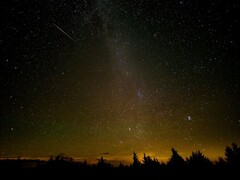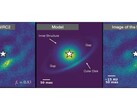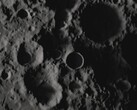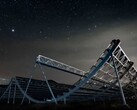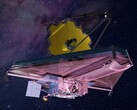November holds some surprises if you look at the sky at night. Indeed, after the Leonids, it is possible to turn to the Taurids, and this week, the conditions will be optimal to observe this event.
This meteor shower, which takes place from October to December, comes from the comet 2P/Encke, which would be the remnant of a massive comet that disintegrated 30,000 years ago.
However, it has been difficult to see these meteors in recent days. It must be said that the brightness caused by the full moon has prevented any observation during the night. But in the coming days, its brightness will decrease.
Thus, from today, it is possible to observe this meteor shower at the beginning of each night, until the moon rises. And to help you in this task, it will be necessary to look towards the Taurus constellation.
Even if the conditions are ideal, don't expect a peak of activity similar to the Perseids. Indeed, like the Leonids, between 5 and 15 meteors will be visible per hour. But the bolides that will cross the atmosphere could reserve a nice show with their yellow and orange color.
A meteor shower that reserved a surprise in the past
If the Taurids are often unknown, they reserved a surprise for two astronomers a few years ago. While Rob Suggs and Bill Cooke were looking at the Moon, they observed a meteor impact on Earth's natural satellite.
And after conducting various studies, they concluded that this celestial object measured approximately 12,5 centimeters and was traveling at approximately 101,400 km/h (about 63,007 mph), causing a crater 3 meters in diameter near Mare Imbrium.




